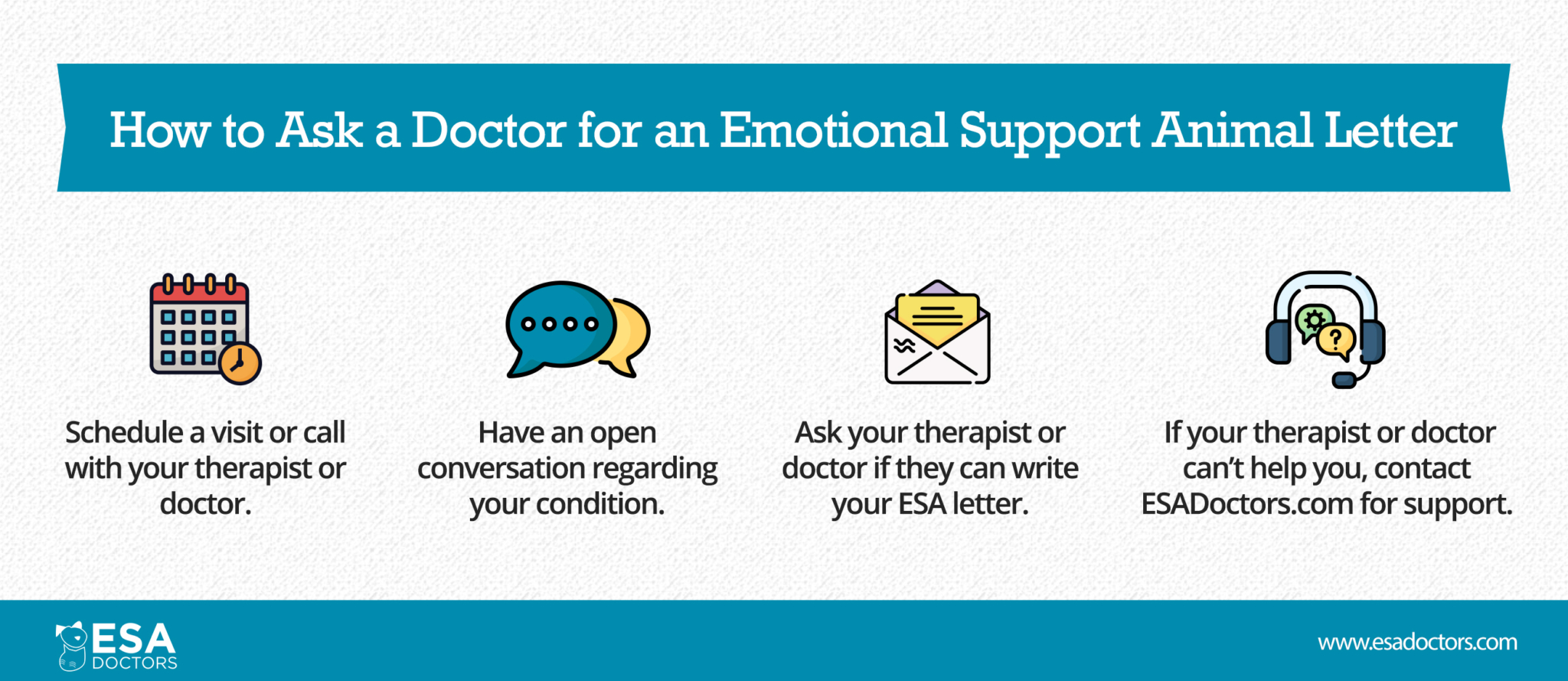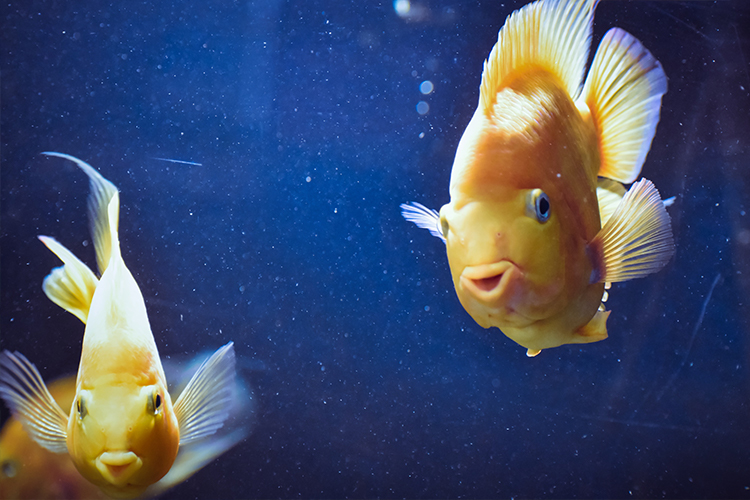Elmo, the lovable, furry red monster from Sesame Street, had a goldfish in a bowl named Dorothy, his friend. Every show saw Dorothy in her bowl on a table next to Elmo, and although the audience couldn’t hear her, she was a constant participant of the show—with some translations by Elmo himself. Dorothy always helped Elmo make sense of the world.
Although we don’t live in an imaginary world and aren’t fluffy monsters, fish can still help us sort out what’s going on in our world. Pet fish may not speak to us, but they can be an emotional support animal (ESA) and provide us with therapeutic companionship nonetheless.
The Pet Effect
The 2019-2020 National Pet Owners Survey found that fish are the third leading type of pet, after cats and dogs. About 13.1 million Americans have at least one pet fish in their home. Fish are popular because they still make excellent pets and instill The Pet Effect, although they’re not furry.
The Pet Effect states that pets have a beneficial effect on humans, keeping us mentally and physically healthy. According to the Human-Animal Bond Research Institute (HABRI), which researches the “Pet Effect,” pets can alleviate depression, improve mental wellbeing, and help people through life’s challenges. The act of caring for the health of another living animal factors a lot into why pets effectively help humans. Watching another animal grow and thrive because we’ve fed and cared for them is central to what makes pets special—including fish!
A 2019 systematic review of research, published in the Public Library of Science, found that humans who interacted with fish in aquariums—by watching, feeding, and care-taking—identified improvements in their mental wellbeing. Even though fish can’t sit on our laps and enjoy belly rubs, humans can still benefit from other aspects of pet fish.

Fish and Mental Health
Fish can’t wag their tails furiously when we come home or sleep next to us at night, but they do affect our mental health in ways we may not realize.
Perhaps ancient gardeners were onto something when they included fish ponds as part of their landscaping. In particular, colorful koi fish continue to be a must in any traditional Japanese garden because of their symbolism and tranquil appearance. Watching koi swim is a meditative experience. They gracefully glide through the water, and their color adds texture and visual interest. It’s hard to imagine coming away from a well-maintained koi pond feeling angry or anxious.
Fish owners can also benefit from fish tanks by watching their fish swim interacting with their surroundings. People can feel relaxed by watching one or two fish, but a large fish tank with a different species and colors of fish and detailed decorations can reduce blood pressure and improve mood even more.
Watching fish swim for 10 minutes can lower blood pressure, make people feel significantly happier and more relaxed.
ESA Doctors, est. 2015
If you’ve ever wondered why there are large and elaborate fish tanks in doctor’s offices, emergency waiting rooms, and dental clinics, it’s because fish are known for making people feel less anxious. This calming effect benefits environments that can make people scared, like hospitals and dentists.

The Sound of Water
Fish don’t speak to us, but their surroundings do. The sound of flowing water and the swish of their tails provides ambient sounds. Even the small “plop” of bubbles can be comforting. Water sounds are a significant component in audios for relaxation because humans respond well to water’s rhythmic sounds.

Adding Emotional Support Fish to Your Family
One of the perks of being a fish owner is that fish don’t need a lot of attention. Regular feedings and cleanings can be the extent of care for fish. There’s no need for frequent baths, daily walks, or playdates with other animals. Fish are notoriously low maintenance. Which means they’re a great addition to families, big and small.
Even if you have a full menagerie of furry pets—and human children—, adding fish as emotional support animals won’t tip the scale and become overwhelming. A fish’s low-maintenance status makes it an easy addition to any household. Their benefits outweigh the care that they require. If you choose to have emotional support fish, follow these rules to keep your fish healthy:
- Consult with a pet shop worker to find the right-sized tank or aquarium. Overcrowding can lead to low oxygen and sick fish.
- Fish need oxygen. Find the right aeration device for your tank and fish.
- Keep the tank away from the windows, the sun, or severe temperatures.
- Feed and clean the tank regularly.
Once you have your fish tank set up, enjoy your emotional support fish every so often. Sit down and take in their peacefulness and grace. You may not have the same conversations as Elmo and Dorothy do, but they can positively affect mental health issues and help you navigate through this wide world nonetheless.








Leave a Comment